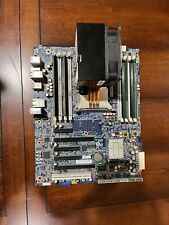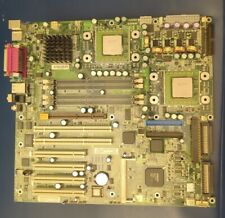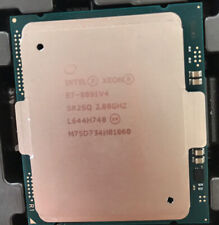
NYU School of Medicine researchers have prevented the development of Alzheimer’s disease in mice genetically engineered with the human gene for the disease using a new vaccine. The researchers are optimistic that this new vaccine is safer than one already being tested in early human clinical trials.
In a new study, the researchers report that the new vaccine, modeled on a fragment of a protein called amyloid, which is most frequently implicated in causing Alzheimer’s, reduced the amount of amyloid plaque in the brains of mice by 89 percent. And, at the same time, the vaccine reduced the amount of soluble amyloid beta in the brain by 57 percent.
“Our study clearly shows that the vaccination approach is a powerful one that shows great promise for Alzheimer’s disease,” says Thomas Wisniewski, M.D., Associate Professor of Neurology, Pathology, and Psychiatry at NYU School of Medicine, one of the study’s authors. “And significantly, our approach appears to be non-toxic,” he says.
The NYU researchers believe that early clinical trials of the new vaccine could begin within one year. The new study is published in the August 2 issue of the American Journal of Pathology. The lead author of the study is Einar Sigurdsson, Ph.D., Research Assistant Professor at NYU School of Medicine.
The first report of a vaccine against Alzheimer’s in genetically engineered mice emerged less than two years ago using a vaccine made of a fragment of amyloid- precursor protein. This vaccine is now being tested in early clinical trials. But the NYU researchers are concerned that a vaccine based on this fragment could be toxic to nerve cells in the brain and may by itself trigger the formation of fibrils of plaque-forming amyloid. The NYU group set out to design a safer vaccine.
Alzheimer’s is characterized by the destruction of nerve cells, especially in the areas of the brain vital to memory and learning. Round plaques composed of the amyloid protein are one of the hallmarks of the disease, and many researchers believe amyloid causes the death of nerve cells.
In previous studies, Dr. Frangione’s group was able to block the formation of amyloid plaque in the brains of rats by creating a short peptide (a fragment of a protein) called a beta-sheet breaker. This peptide prevented the formation of a toxic, insoluble, helical form of amyloid that aggregates into so-called beta sheets and is deposited in plaques in the brain.
In the new study, Dr. Sigurdsson, along with Drs. Wisniewski and Frangione, used the same principle to create a vaccine based on a modified, non-toxic peptide. They injected the new vaccine into 11-month-old mice genetically engineered with a human gene for Alzheimer’s disease. At that age, the mice had already formed toxic amyloid plaques in the brain.
Seven months later, the researchers examined the brains of the mice. They found that the amount of the bad form of amyloid was reduced by 89 percent in the cortex, the seat of higher thought in the brain, and by 81 percent in the hippocampus, the brain’s memory center, compared to the brains of a group of genetically engineered animals that didn’t get the vaccine. Moreover, the vaccinated animals had 57 percent less soluble amyloid.


















Comments are closed.